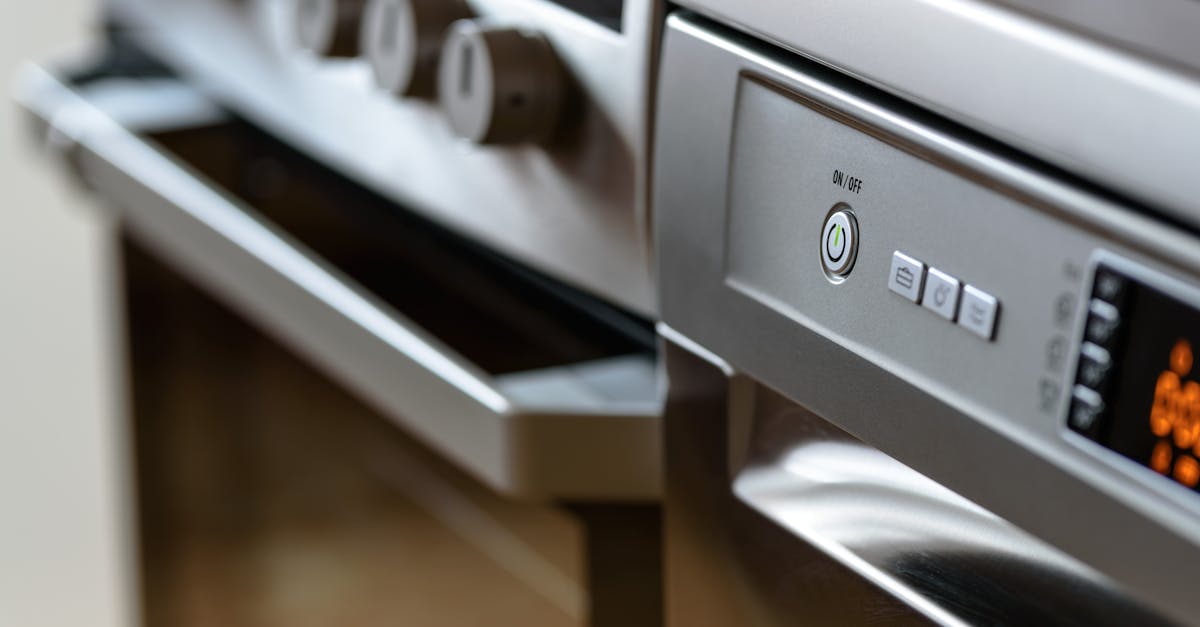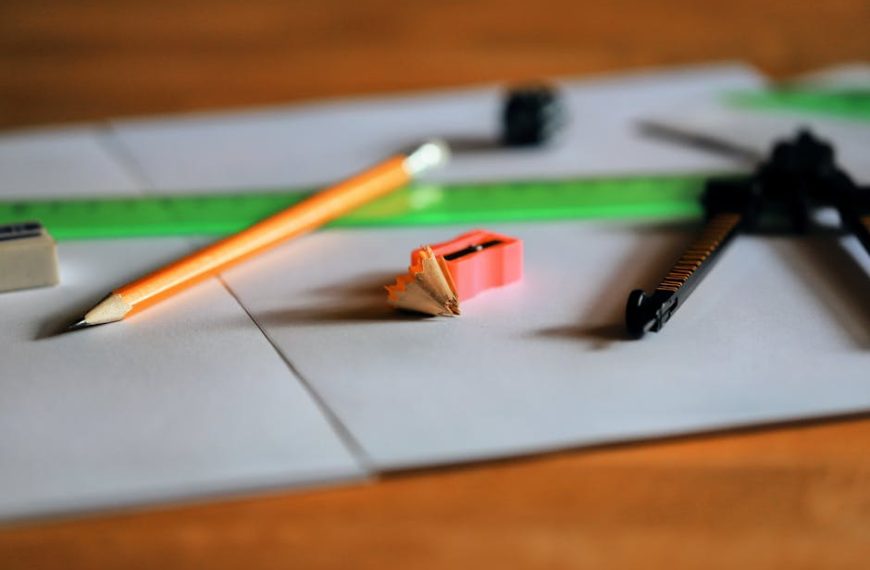Dishwashers, an essential household appliance, have evolved to include advanced functionalities designed to streamline users’ experience. Among these features, the salt light indicator stands as a vital component. It is essentially a warning light that alerts users when the salt level in the dishwasher falls low.
Understanding the Functioning of the Salt Light Indicator in Dishwashers
The salt light indicator in your dishwasher has a very specific function— to monitor salt concentration. Undeniably, dishwasher salt plays a significant role in maintaining the machine’s efficiency. When the water contains an excess amount of minerals like calcium and magnesium, it becomes ‘hard,’ and hard water reduces the efficiency of cleaning agents. However, dishwasher salt softens hard water, enabling the detergent to effectively remove grease and stains from the dishes.
Consequently, the salt light indicator monitors this crucial process. When the salt level becomes insufficient, the light illuminates, alerting the user to replenish the salt. In this way, the dishwasher ensures a consistent cleaning performance.
Common Reasons Why The Dishwasher Salt Light Stays ON
When the salt light on your dishwasher remains lit even after adding salt, it could indicate various issues. These are some common problems that might be responsible:
- Incorrect loading of dishwasher salt: Often, the primary reason could be a simple misstep in refilling salt in your dishwasher. If you’ve not filled it to the required level, or the salt has not been dispersed properly, the light can stay ON.
- Malfunctioning salt indicator sensor: The salt light is controlled by a sensor that detects the salt level in your dishwasher. When this sensor malfunctions, it can lead to a persistently lit salt light.
- Hard water issues at home: If the water supply in your area is naturally hard, the dishwasher salt may get used up more rapidly, causing an unending lit up of the salt light.
Methods to Resolve the Persistent Salt Light Indicator
If the salt light in your dishwasher continues to stay ON, here are some effective steps you can take:
- Troubleshooting the salt indicator light: Refer to your dishwasher manual to understand how to reset the salt light or look for any troubleshooting steps specific to your model.
- Correctly refilling the salt dispenser: Make sure you load the salt correctly as per the user manual. Ensure the dispenser is clean and free of any dishwasher detergent residues before you fill the salt.
- Checking water hardness at home: Since hard water can quickly deplete the salt level, consider getting your water supply checked for hardness. If it is found to be hard, you may need to increase the frequency of salt refilling.
- Cleaning and checking the salt sensor: If the light still remains ON, the sensor might need cleaning or repairing. Follow the guide provided in your dishwasher manual to clean or reset the sensor. Depending upon the complexity, you might need professional help for this.
Seeking Professional Help for Persistent Salt Light Issue
Though the steps above can help address common issues with the salt light, there are scenarios where it is best to involve a professional. For instance, when you’ve tried troubleshooting, refilled the salt correctly, checked the water hardness, and even cleaned or reset the sensor but the light continues to flash, it’s time to call for professional help.
Trying to fix complex issues without adequate knowledge can lead to other complications, potentially increasing the repair costs or even causing irreversible damage to the appliance. Trained professionals are equipped with the right expertise and tools to diagnose and resolve the issue efficiently, ensuring a prolonged lifespan for your dishwasher.
Maintenance Tips to Prevent Salt Light Indicator Problems
Following a diligent maintenance routine can help prevent issues with your dishwasher salt light. Here are some preventive measures and maintenance routines:
- Regular Cleaning: Keep your dishwasher clean, paying extra attention to the salt dispenser and sensor area. Remember to clean up any residues before filling in the salt.
- Periodic sensor checks: Regularly check your dishwasher’s salt sensor. If it seems caked up with hard water deposits, give it a thorough clean following the instruction given in your dishwasher manual.
- Control water quality: If possible, treat the water used in your dishwasher. This can help in maintaining the salt level and improving the cleaning efficiency.
- Correct usage of dishwasher salt: Always use the dishwasher salt recommended by the manufacturer. Using table salt or any other type can harm your dishwasher.
Implementing these practices will not only help in solving the persistent salt light problem but also ensure improved overall performance and extended lifespan of your dishwasher. Remember, addressing small issues in advance can save you from encountering larger, more complicated problems in the future. Make it a habit to check and maintain your appliances regularly for a hassle-free experience.
Key Takeaway:
- The salt light indicator in dishwashers serves to monitor the salt concentration, contributing to the efficiency of the machine by softening hard water, thus, improving the dishwasher’s overall cleaning performance.
- The salt light staying ON persistently could be due to incorrect loading of dishwasher salt, a faulty sensor, or hard water issues.
- Troubleshooting the indicator, refilling the salt dispenser correctly, checking the water hardness, cleaning, or resetting the sensor can often resolve the issue.
- If the light remains ON despite every step taken to troubleshoot, it is advisable to seek professional help.
- Regular cleaning, appropriate water treatment, correct usage of dishwasher salt can help maintain the smooth functioning of the dishwasher and prevent future persistent salt light issues.
Your dishwasher is an important part of your daily routines and it’s key to understand how to maintain its efficiency. Remember, regular checks and correct usage can prevent most common issues, including the constant illumination of the salt light indicator. Taking small steps today can save you unnecessary hassles in the future!
Can Issues with My Dishwasher Affect Cleaning Performance Like My Bissell Little Green?
Issues with your dishwasher can indeed impact its cleaning performance, much like when your Bissell Little Green struggles. Keeping both appliances in top shape is essential. For optimal results, consider tips for effectively cleaning your bissell machine to ensure it functions at its best, just as your dishwasher should.
FAQs
Q: How frequently should I refill the salt in my dishwasher?
A: The frequency of refilling dishwasher salt depends on the hardness of the water being used and the number of wash cycles. However, it’s a good practice to check the salt levels periodically and fill it up as required.
Q: Can I use table salt instead of dishwasher salt?
A: No, it’s not advisable to substitute dishwasher salt with table salt. Dishwasher salt is designed specifically to soften hard water, and using an alternative might damage your machine over time.
Q: What to do if the salt light stays ON, despite refilling the salt?
A: Ensure the salt is loaded correctly and there are no residues in the dispenser. If the light still stays ON, it could be a sign of a malfunctioning sensor or hard water issues, and you may need professional assistance to fix it.
Q: How can I find out if my area has hard water?
A: You can have your water professionally tested or use a home test kit to determine the hardness of your water supply.
Q: What is the risk of ignoring the salt light indicator in the dishwasher?
A: The dishwasher salt aids the cleaning process by softening hard water. Ignoring the salt light indicator could result in reduced efficiency of the dishwasher and could, eventually, lead to potential damage to the machine.
Please do share this article with others who may find it helpful, and continue exploring our website for more insights and advice on appliance maintenance.












